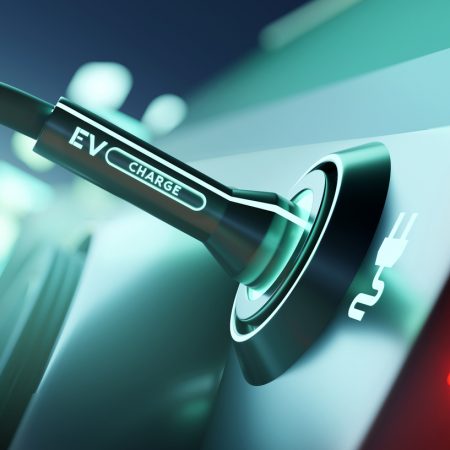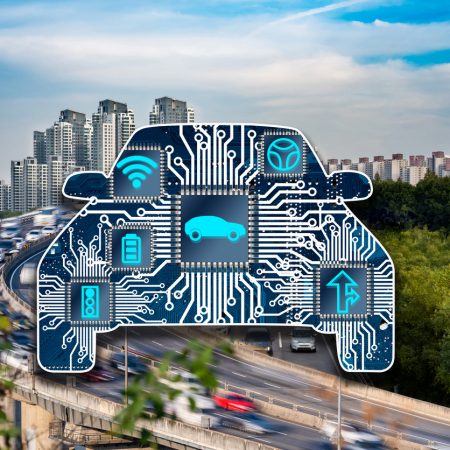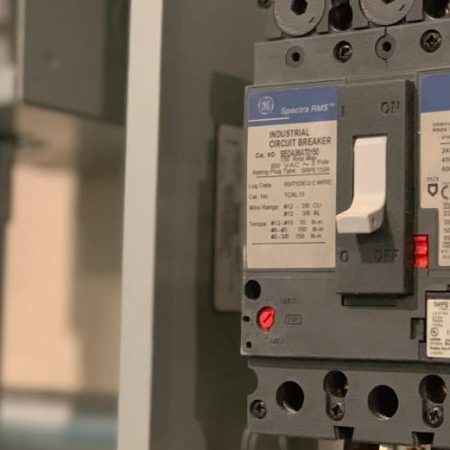What is a Semiconductor and How Is It Used?
If you’ve ever heard the term semiconductor, it’s probably been in relation to some electrical application. But what actually is a semiconductor and what does a semiconductor actually do? These substances are important parts of virtually any electrical system. From the circuitry that makes up space shuttles and electric vehicle grids down to the simple outlets and circuit breaker box in your home, semiconductors are versatile materials that are needed to enable even basic electrification.
What is a semiconductor?
A semiconductor is a substance often used in electrical circuits and components that partially conducts electricity, allowing electrons to flow throughout the circuit when a certain voltage is applied. Typically made of silicon crystals, semiconductors are aptly named because they exist somewhere between the extremes of conductors and insulators.
Conductors are substances that enable the free flow of electrons from particle to particle, while insulators do not. Semiconductors, then, enable the partial flow of electrons from particle to particle, though they generally need a push — that’s where the voltage comes in. When voltage is applied, electrons can flow throughout a circuit, generating electricity.
How does a semiconductor work?
Semiconductors work by enabling the valence electrons, those located in the outer shell of an atom, to bind with the valence electrons of other atoms. Most semiconductors can bind with four valence electrons at once, effectively creating a bound mesh of silicon molecules, tied together by a network of valence electrons.
But in order to conduct electricity, the valence electrons have to flow throughout the circuit. Locked in a grid-like this means that pure silicon crystals are ineffective for electrical applications. In order to make them useful, impurities (or other elements) are introduced to the silicon crystal. These impurities are what enable the electricity to ultimately flow across a semiconductor.
Doping and semiconductors
In order to break the electron gridlock, semiconductors need to undergo a process called doping. Doping is the process of inserting impurities into the silicon crystal (or other element being used as a semiconductor). Exactly which type of dopant is used can create a different type of semiconductor, each of which enables the flow of electricity throughout a circuit.
Types of semiconductors
Depending on which types of dopants are added to the semiconductor, you can end up with two different types: N-type semiconductors and P-type semiconductors.
N-type semiconductors
N-type semiconductors are the result of adding a dopant that has five valence electrons, such as phosphorus. Because the silicon atoms all have four valence electrons, the phosphorus will form a covalent bond with each one. However, that leaves one electron in each phosphorus atom out of the bonded grid.
The result is that those electrons can flow freely throughout the circuit, generating electricity when voltage is applied. When a negative voltage is applied, it forces the unbonded electrons through the circuit.
P-type semiconductors
P-type semiconductors work by a similar concept as N-type semiconductors, except dopants used to make a P-type semiconductor only have three valence electrons. These dopants, such as Boron, bind to three of the four valence electrons in the silicon crystal. However, this leaves a “hole” behind that is positively charged. Electrons, which are negatively charged, are attracted to the hole; as they move, they leave another hole behind, which is dutifully filled by another electron.
When a negative voltage is applied, the electrons are forced away from it and toward the positively charged hole. As these electrons move through the holes left behind by the missing covalent bond, electricity is generated.
What is a B-TRANTM semiconductor device?
The B-TRANTM is a semiconductor device that can either be n-type or p-type. This means the B-TRANTM could be either a PNP device or NPN device, in which the middle letter refers to the wafer (a thin slice of the semiconductor itself) and the outer letters refer to the charge of the dopants. This enables the bidirectional flow of electricity.
How are semiconductors used?
Semiconductors are used in integrated circuits and electrical components like diodes and transistors. They can also be used to convert alternating current and direct current.
But what are some of the everyday ways semiconductors are used? It’d be virtually impossible to create an exhaustive list of all the things semiconductors are in; basically, any type of electrical application relies on semiconductors. Here’s a snapshot of some common real-world things that rely on semiconductors:
- Household circuit breaker box
- Electric vehicles and electric vehicle grids
- Renewable energy production and storage
- Military equipment and vehicles
- Laptops, smartphones, and mobile devices
- Televisions and computer monitors
- Industrial manufacturing plants
- HVAC systems
- Video game consoles
- Household appliances
These are just some of the ways semiconductors help power our everyday lives. You would be hard-pressed to find an electrical system that doesn’t make use of semiconductors in some way. So, the next time you find yourself enjoying an ice-cold drink from your fridge, take advantage of an electric vehicle charging station, or a circuit breaker trips to protect your home, take a moment to be grateful for semiconductors and their role in generating electricity.






